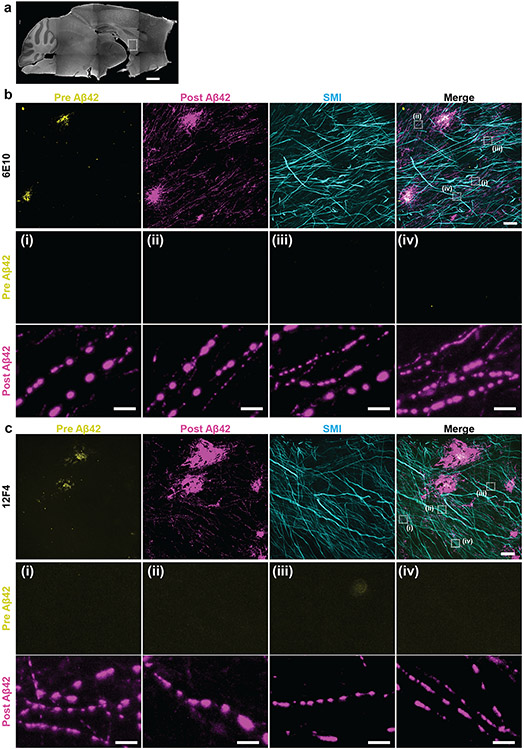Fig. 5 ∣. ExR reveals periodic nanoclusters of Aβ42 peptide in the fornix of Alzheimer’s model 5xFAD mice.
(a) Epifluorescence image showing a sagittal section of a 5xFAD mouse brain with the fornix highlighted. (Scale bar, 1000 μm) (b-c) ExR confocal Images (max intensity projections) showing immunolabelling against Aβ42 peptide with two different monoclonal antibodies 6E10 (b) and 12F4 (c). From left to right: pre-expansion immunolabelling of Aβ42 (yellow), post-expansion labelling (magenta) of Aβ42, post-expansion SMI (neurofilament protein), and merged pre- and post-expansion staining of Aβ42 with post-expansion staining of SMI. Insets (i-iv) show regions of interest highlighted in the merged images in the fourth column; top panels, pre-expansion Aβ42 labelling; middle panels, post-expansion Aβ42 labelling; bottom panels, post-expansion SMI labelling. Post-ExR staining reveals periodic nanostructures of β-amyloid, whereas pre-expansion staining can detect only large plaque centers. (Scale bar = 10 μm (upper panel images); 1 μm (bottom panels, i-iv))

